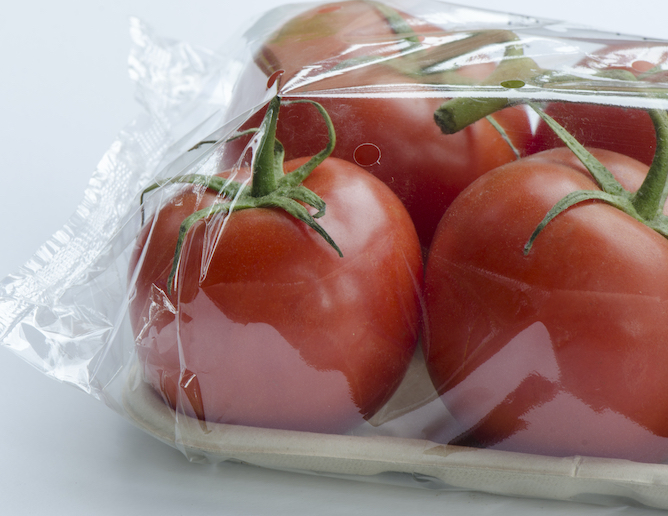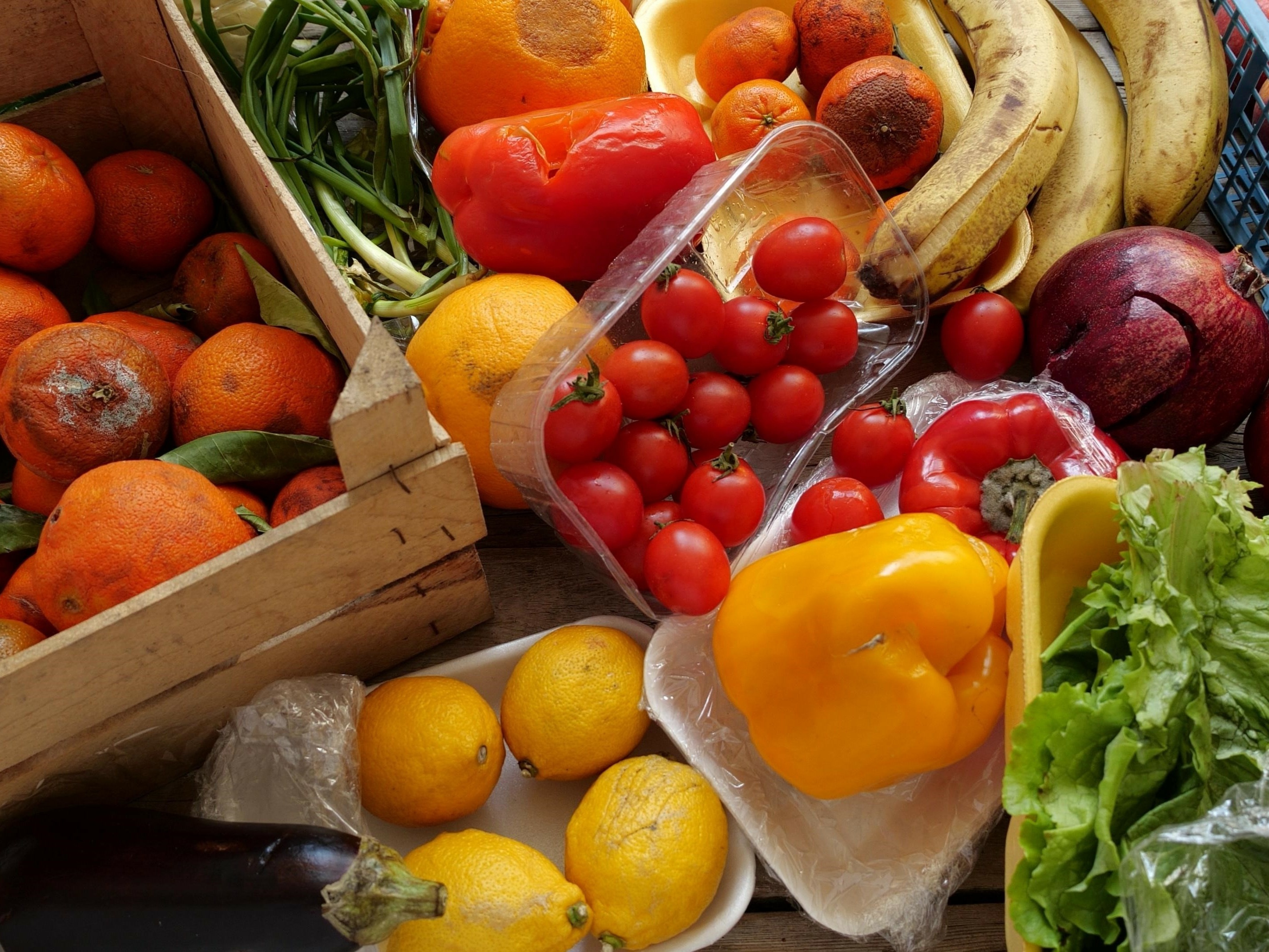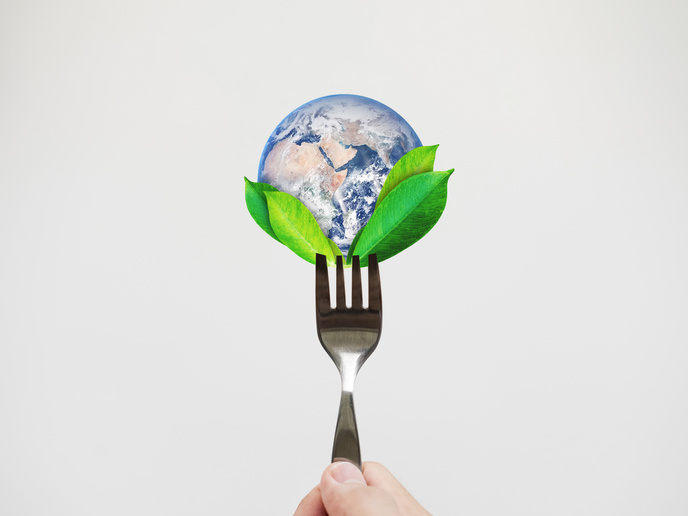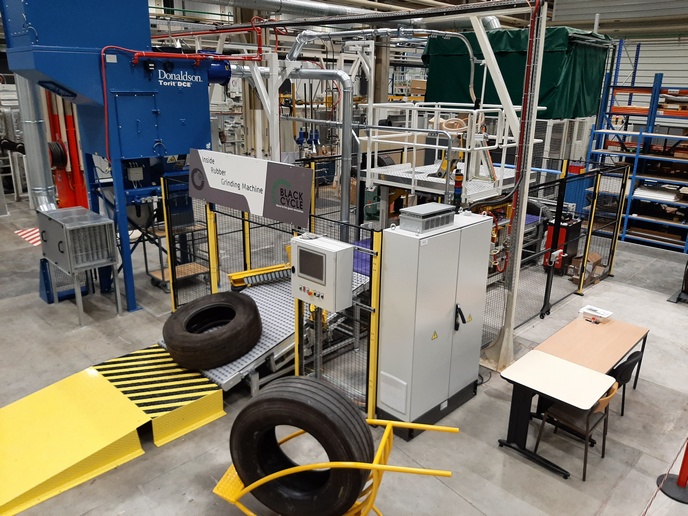Reducing food and plastic waste through the right packaging
Seaweed-based wrapping, biodegradable bags derived from potato starch – there are some innovative solutions out there, created to cut back on food waste while reducing our dependence on plastic. But how can a company decide which packaging would best suit its product? How can the best markets for the exploitation of innovative sustainable food packaging solutions be defined? And how can food waste be reduced? The EU-supported MYPACK project, coordinated by the French Network for Food Technology Institutes (ACTIA), has been working on the most effective way to harness the power of the latest solutions to reduce food waste and get them into the market. “It’s not just about cutting back on packaging waste such as plastic,” explains the project’s scientific coordinator Patrice Dole, who is based at the French Technical Centre for the Food Industry (website in French). “Effective packaging preserves food, prolonging it’s shelf life, reducing the amount we have to throw away and all the use of natural resources that represents.” The trick, he adds, is to find the right balance between the environmental impact of packaging and the reduction of food waste.
Packaging: Food preservation rather than future landfill
One key hurdle the project identified was the consumer blind spot when it came to the link between sustainability and the cutting back of food waste. As Dole explains: “We presented the notion of ‘biodegradable packaging’ to consumer panels, and they qualified the technologies as ‘sustainable’. But when we presented ‘efficient packaging leading to zero food waste’ they didn’t.” So, in a bid to help the public associate the ideas more closely, the project came up with a new unit of measurement: the tomato equivalent. “We created infographics showing the environmental impact of various packaging material in comparison to the production of half a kilo of tomatoes,” Dole explains. And they built on this to show the shelf life of tomatoes packaged in a variety of materials. Other public awareness raising ‘education cards’ are available at the education page of the MYPACK website.
Beyond the consumer, breaking down other barriers
The project considered other barriers to the uptake of innovative packaging: the technical; macroeconomic; regulatory; industrial feasibility barriers. “It’s a complex landscape, which is why MYPACK aimed to help material and packaging providers and users identify packaging needs.” To bridge the information gap, MYPACK produced an online tool to guide material and packaging providers, and packaging users, in the complex process of product packaging design and development. By presenting a variety of goals, such as ‘Address consumer barriers’, the tool sets out step-by-step advice towards achieving these goals, in the form of a series of ‘How to’s. For example, under the heading ‘Address macroeconomic barriers and opportunities’ one ‘How to’ is: ‘How to rethink the target market’. “We are delighted to have developed this practical and incremental approach that will help producers and retailers think through their aims and help them reach their targets,” Dole notes. But the project will not rest on its laurels! “We would like to continue the job through the enrichment of the online tool, with more links to new case studies, bibliographies, more reference data, and information on regulations,” he adds.
Keywords
MYPACK, food waste, packaging, packaging waste, consumers







